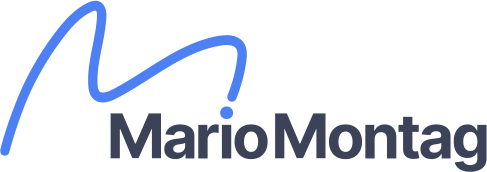Justin Welsh recently wrote a piece titled “You Are What You Tolerate.” The timing for this topic couldn’t be better, as I’ve been working with companies on scoring OKRs, wrapping up 2024, and preparing for 2025 goals. There’s a significant difference between organizations with leadership committed to raising the bar and those content with the status quo, tolerating mediocrity. Your business is the sum of what you tolerate.
One of my coaching clients recently defined their “Onliness” statement as:
“We are the only partner that holds ourselves to a higher bar.”
Not surprisingly, they are growing rapidly, outperforming much larger competitors at every turn.
Truly great entrepreneurs refuse to tolerate mediocrity. To identify the tolerance gap in your business, start by focusing on three critical areas. For example, sales, service delivery, and organizational culture. Write down the current standard in each area, then describe what excellence looks like. The gap between the two is what you’ve been tolerating.
For CEOs who’ve recently acquired a baby-boomer-owned business, this can be especially tricky. You’re stepping into a company with 20+ years of established operating habits and a culture shaped by the previous owner.

High-performing organizations don’t just manage tasks—they raise the bar. Before determining what the new standard should be, ask yourself: Do I have the right people in the right seats? Jim Collins, in his book Good to Great, puts it perfectly:
“Those who build great organizations make sure they have the right people on the bus and the right people in the key seats before they figure out where to drive the bus. They always think first about who, then about what.”
The right player is someone who can deliver on the priorities of the job, excel in your organization, and thrive under your leadership. The most common weakness I see in leaders is failing to address underperformance.
At System & Soul, we start new leadership coaching implementations with an org chart workshop to assess whether the right people are in the right seats. EOS does this as well. If your leadership team isn’t setting the right standards, fixing this should be your top priority. Focus on hiring, developing, or promoting leaders who are right for where your organization is today and where it needs to be in the next 3-5 years.
A Proven Hiring Framework
There’s no shortage of books and best practices on hiring great people. I like the hiring chapter in the book Power Score and also the Managers Handbook by Dodson. If you’d like a summary of the Power Score hiring framework, reach out to me, and I’ll be happy to share it.
Your business is the sum of what you tolerate. If you need to make leadership changes, prioritize ensuring you have the right WHO to define and achieve your goals. Follow a structured process and avoid hiring based solely on gut feel or personal preference. With the right team and a relentless commitment to excellence, your business will thrive.
